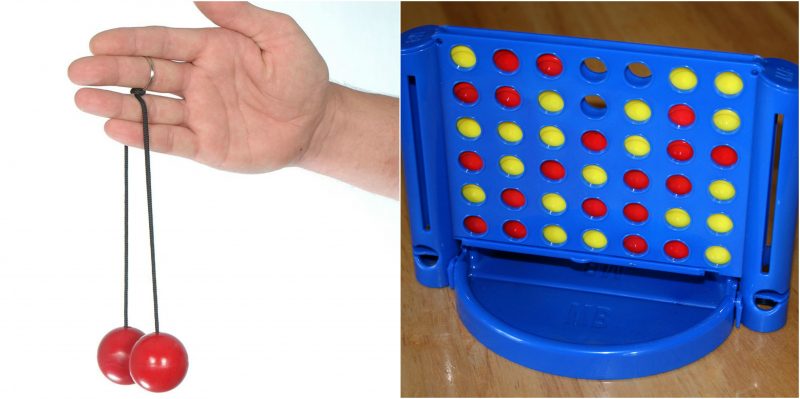One of the reasons the 1970s were a fun time to live in as a child were, of course, the toys that appeared in this decade.
Many of the toys that were designed during those years are still popular even today. The fact that those designs still engage with modern kids speaks about the quality and creativity that toymakers offered back then.
Here are some of the toys that made a lot of kids happy during those years.
Connect Four
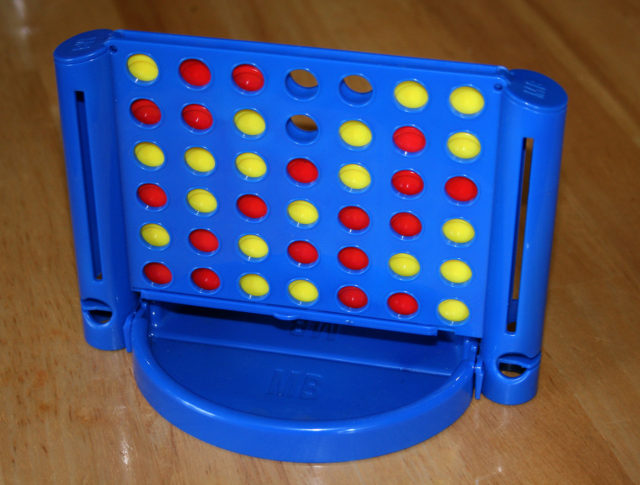
This legendary game was present in almost every household, and it served as a proving ground between siblings. Connect Four was marketed by Milton Bradley in 1974, and soon it became popular, with “crushing defeats” that could measure with the games of “Sorry!” and “Risk”.
Soon after it appeared, people realized that the first player can win if he plays the right moves throughout the game. Connect Four is a game of wit, and victory goes to the player that is sneaky.
Click Clacks / Clackers / Kerbangers
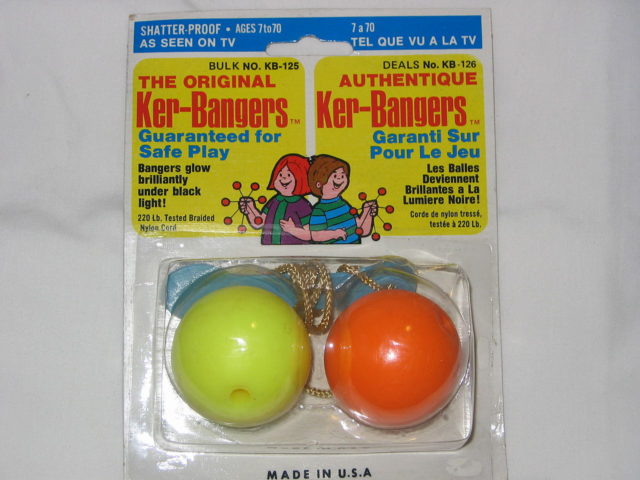
The Clackers go into the category of simple and “dangerous” toys. All the Clackers are is two plastic balls attached by a piece of rope, with a ring on top. It doesn’t look much like a toy, but the goal of producing a clacking noise by controlled collision of the balls was obviously appealing to youngsters all around the globe.
The road to perfect clacking was paved with bruised hands and pinched fingers, but after a while, children mastered it and became loud walking metronomes that represented a menace for every parent. Soon, because of the obvious danger of injury involved with the Clackers, they were removed from the stores.
VertiBird

The VertiBird is definitely a toy that wasn’t forgotten and offered a lot of fun for decades. It was first introduced by Mattel in 1971, and soon it became a favorite Christmas gift for kids. It was perfectly designed for all those kids who dreamed of being helicopter pilots.
A small replica of a helicopter was attached by a rod to a rotating base controlled by several levers that allowed children to control altitude, direction, and speed. In combination with other toys, the VertiBird was essential for completion of various “missions and rescue operations.”
Capsela
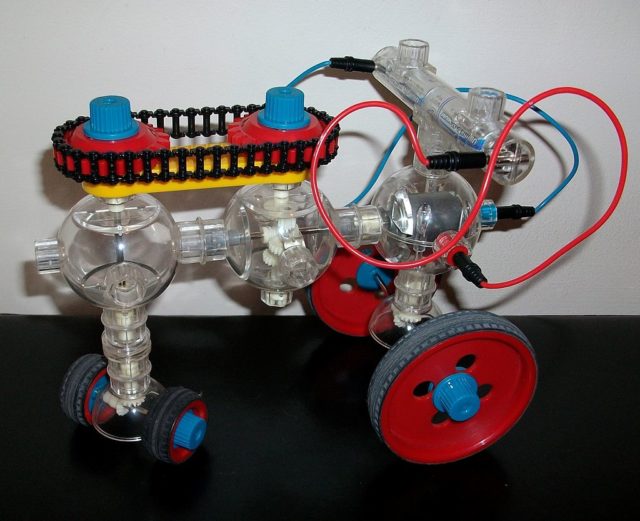
Shadowed by toys such as Legos, Capsela was one of the most underrated construction toys of the time. Probably because this complex building kit was more than just fun, it was proper engineering! Capsela was first introduced in 1975 by a Japanese company called The Mitsubishi Pencil Company.
The package consisted of nice interchangeable plastic capsules that that could be connected by geared knobs and create moving parts. These building blocks were perfect for creating cars, boats, cranes, and other types of machines. There was a variety of parts, some of them with motors, some of them with gears, propellers, wheels, or pulleys.
Besides its diversity, Capsela never managed to captivate a huge number of children like other building toys on the market, but it was used in schools as a perfect educational tool for engineering, robotics, and mechanics. Later, a company called IQ Key rebranded the Capsela and made it available to the public again.
Pet Rocks
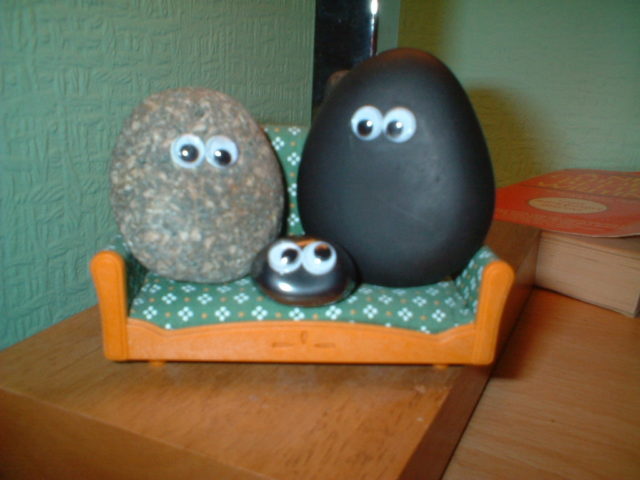
This is one of those pets that won’t go out unless you throw it out of the window. The name speaks for itself, “Pet Rock.” Yes, a genuine rock that comes in a box, with a manual. Pet rocks are the brainchild of a man called Gary Dahl. In 1975, he sat in a bar with his friends and listened to them complaining about their demanding pets.
He came to the idea to create the perfect a pet that won’t need food, a pet that wouldn’t have to be walked, bathed, or groomed. His pet would not die, become sick, and never be disobedient. After a while, Dahl introduced the Pet Rock. It came in a cardboard box, with proper air holes, and a warning that said: “do not to remove the pet until you had read the included instruction booklet.
The booklet was full of clever and funny helpful pieces of advice on how the care of your new pet properly. The rock was available for only six months, and in that time Dahl managed to sell 1.5 million pieces, with a retail price of four dollars.
